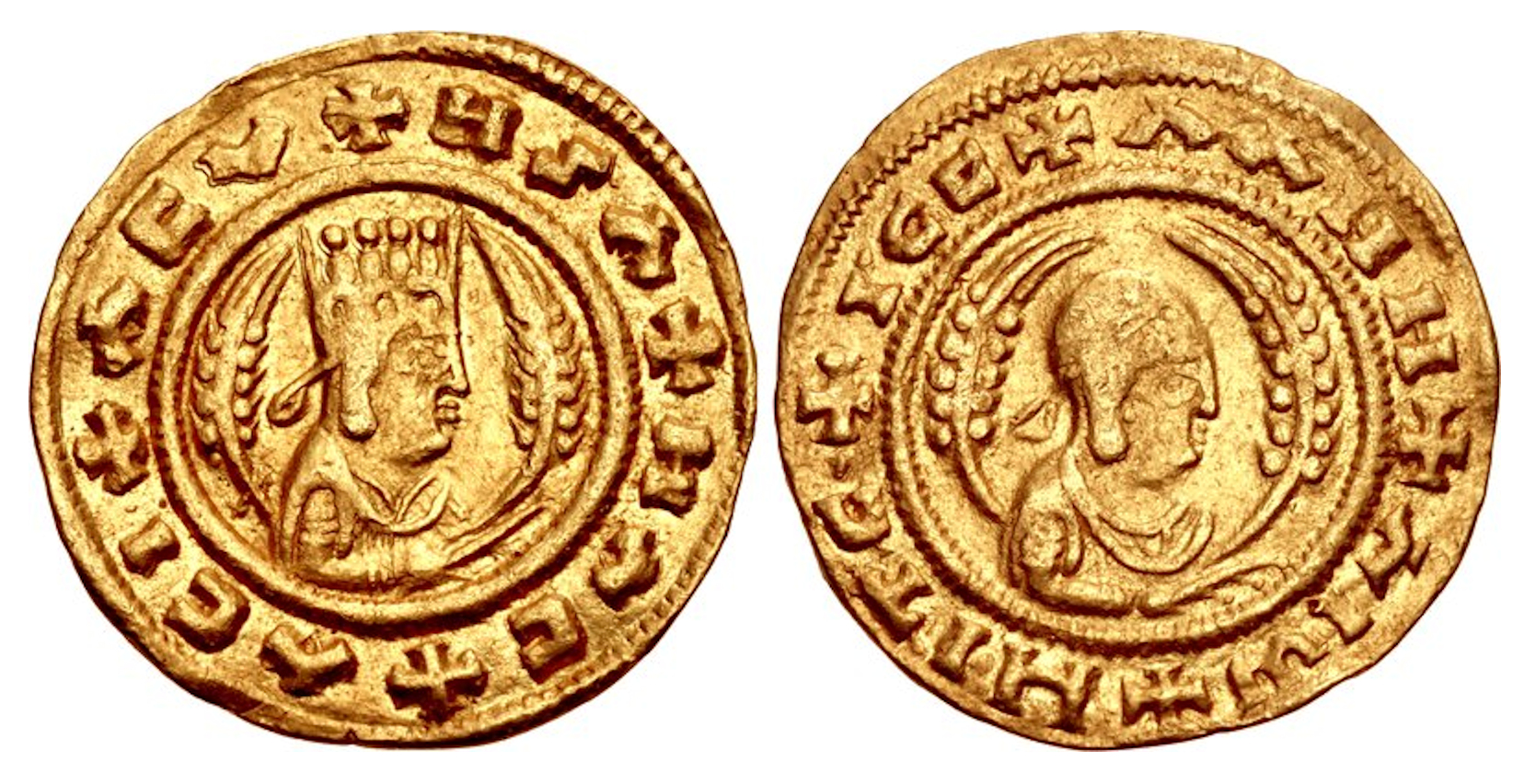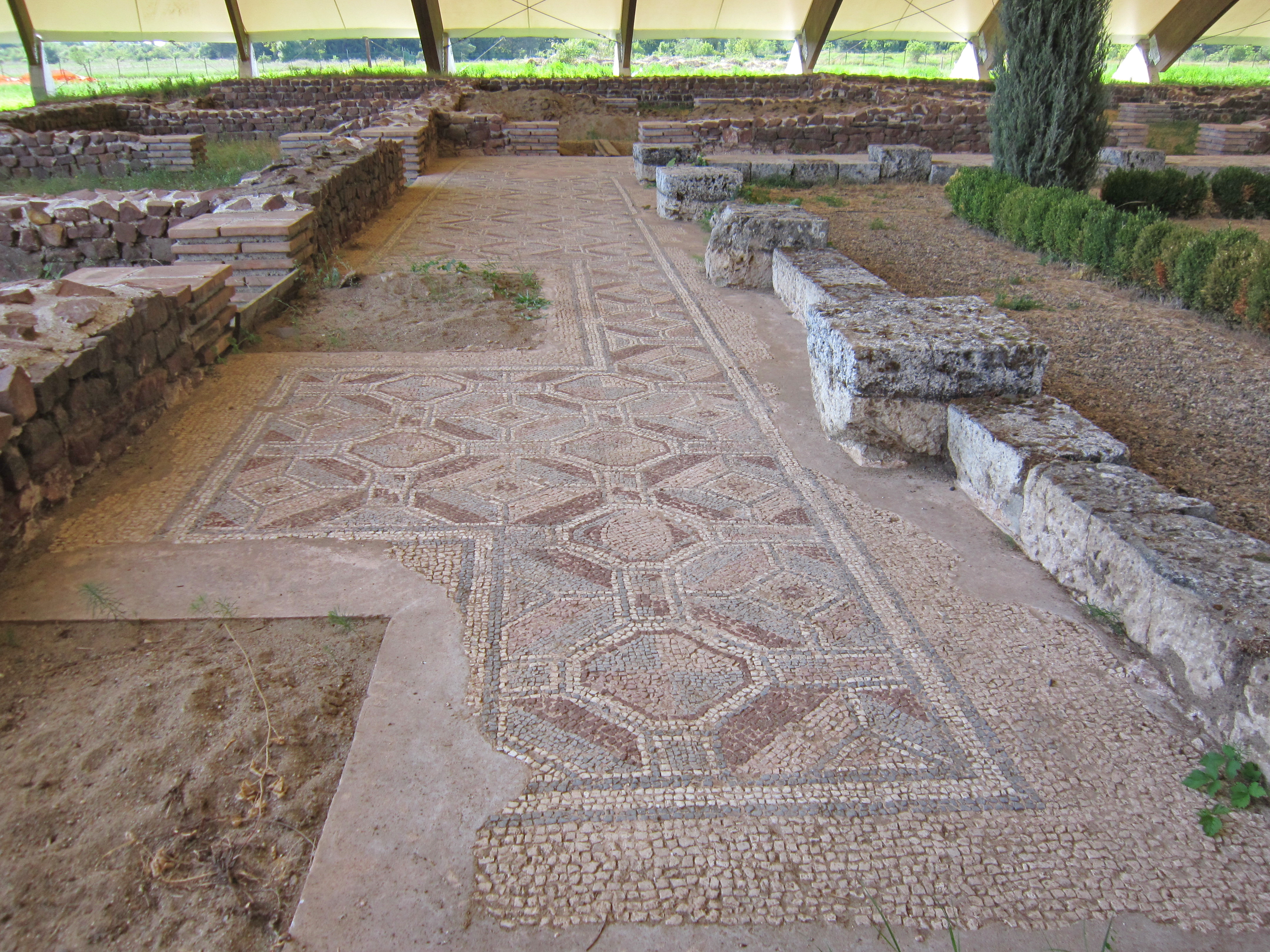|
MHDYS
MHDYS (vocalized by historians as Mehadeyis) was a King of the Kingdom of Aksum (c. 360). He is primarily known through the coins that were minted during his reign. MHDYS re-established Ge'ez as the language used on all his coins. Munro-Hay notes that the legend upon MHDYS's bronze coins, ''bzmsql tmw'' ("By this cross you will conquer"), was a loose translation of the famous motto of Emperor Constantine the Great, ''In hoc signo vinces'' ("By this sign you will conquer").Munro-Hay, Stuart. ''Aksum: An African Civilization of Late Antiquity'' (Edinburgh: University Press, 1991), p. 81. See also *Aksumite currency Aksumite currency was coinage produced and used within the Kingdom of Aksum (or Axum) centered in present-day Eritrea and Ethiopia. Its mintages were issued and circulated from the reign of King Endubis around AD 270 until it began its decline in ... * Ge'ez language References Kings of Axum 4th-century monarchs in Africa {{Ethiopia-royal-stub ... [...More Info...] [...Related Items...] OR: [Wikipedia] [Google] [Baidu] |
Aksumite Currency
Aksumite currency was coinage produced and used within the Kingdom of Aksum (or Axum) centered in present-day Eritrea and Ethiopia. Its mintages were issued and circulated from the reign of King Endubis around AD 270 until it began its decline in the first half of the 7th century. During the succeeding medieval period, Mogadishu currency, minted by the Sultanate of Mogadishu, was the most widely circulated currency in the Horn of Africa. Aksum's currency served as a vessel of propaganda demonstrating the kingdom's wealth and promoting the national religion (first polytheistic and later Oriental Christianity). It also facilitated the Red Sea trade on which it thrived.Stuart Munro-Hay, ''Aksum: An African Civilization of Late Antiquity''. Edinburgh: University Press, 1991, p. 155. The coinage has also proved invaluable in providing a reliable chronology of Aksumite kings due to the lack of extensive archaeological work in the area.Hahn, Wolfgang, "Coinage" in Uhlig, Siegbert, ed ... [...More Info...] [...Related Items...] OR: [Wikipedia] [Google] [Baidu] |
List Of Kings Of Axum
The kings of Axum ruled an important trading state in the area which is now Eritrea and northern Ethiopia Ethiopia, , om, Itiyoophiyaa, so, Itoobiya, ti, ኢትዮጵያ, Ítiyop'iya, aa, Itiyoppiya officially the Federal Democratic Republic of Ethiopia, is a landlocked country in the Horn of Africa. It shares borders with Eritrea to the Er ..., from approximately 100–940 AD.S.C. Munro-Hay, ''Aksum'' (Edinburgh: University Press, 1991), pp. 67f Zenith of the Kingdom of Axum Later kings Notes See also * Axum * Lists of office-holders * List of Emperors of Ethiopia, List of emperors of Ethiopia References {{DEFAULTSORT:Kings Of Axum Ethiopia history-related lists, Axum Kings of Axum, Lists of African rulers, Axum Lists of African monarchs, Axum Eritrea history-related lists ... [...More Info...] [...Related Items...] OR: [Wikipedia] [Google] [Baidu] |
Ezana Of Axum
Ezana ( gez, ዔዛና ''‘Ezana'', unvocalized ዐዘነ ''‘zn''; also spelled Aezana or Aizan) was ruler of the Kingdom of Axum, an ancient kingdom located in what is now Eritrea and Ethiopia. (320s – c. 360 AD). He himself employed the style (official title) "king of Saba and Salhen, Himyar and Dhu-Raydan". Tradition states that ‘Ezana succeeded his father Ella Amida ( Ousanas) as king while still a child but his mother, Sofya then served as regent until he came of age. He conquered the Kingdom of Kush around the year 350 AD. Reign Ezana was the first monarch of the Kingdom of Aksum to embrace Christianity, after he was converted by his slave-teacher, Frumentius. He was the first monarch after Za Haqala (possibly Zoskales) to be mentioned by contemporary historians, a situation that lead S. C. Munro-Hay to comment that he was "the most famous of the Aksumite kings before Kaleb." In early life he considered himself a son of Mars, but later inscriptions show a ... [...More Info...] [...Related Items...] OR: [Wikipedia] [Google] [Baidu] |
Ouazebas
Ouazebas (late 4th century) was a King of the Kingdom of Aksum. He is primarily known through the coins that were minted during his reign. Ouazebas' coins were found beneath the remains of the largest stela in the city of Axum. This suggests that the stele had fallen as early as his reign. S. C. Munro-Hay suggests that this particular stela was the last one erected, and that "possibly they went out of favor as Christianity spread, bringing with it new ideas about burial. Ouazebas reintroduced on his coins a motto from the time of Ezana Ezana ( gez, ዔዛና ''‘Ezana'', unvocalized ዐዘነ ''‘zn''; also spelled Aezana or Aizan) was ruler of the Kingdom of Axum, an ancient kingdom located in what is now Eritrea and Ethiopia. (320s – c. 360 AD). He himself employed the ...: ''TOYTOAPECHTHXWPA'', meaning "May this please the people". Munro-Hay comments that this motto is "a rather attractive peculiarity of Aksumite coinage, giving a feeling of royal concern and responsib ... [...More Info...] [...Related Items...] OR: [Wikipedia] [Google] [Baidu] |
Kings Of Axum
The kings of Axum ruled an important trading state in the area which is now Eritrea and northern Ethiopia, from approximately 100–940 AD.S.C. Munro-Hay, ''Aksum'' (Edinburgh: University Press, 1991), pp. 67f Zenith of the Kingdom of Axum Later kings Notes See also * Axum * Lists of office-holders * List of emperors of Ethiopia References {{DEFAULTSORT:Kings Of Axum Axum Axum Axum Axum, or Aksum (pronounced: ), is a town in the Tigray Region of Ethiopia with a population of 66,900 residents (as of 2015). It is the site of the historic capital of the Aksumite Empire, a naval and trading power that ruled the whole region ... Eritrea history-related lists ... [...More Info...] [...Related Items...] OR: [Wikipedia] [Google] [Baidu] |
Christianity
Christianity is an Abrahamic monotheistic religion based on the life and teachings of Jesus of Nazareth Jesus, likely from he, יֵשׁוּעַ, translit=Yēšūaʿ, label=Hebrew/Aramaic ( AD 30 or 33), also referred to as Jesus Christ or Jesus of Nazareth (among other names and titles), was a first-century Jewish preacher and religious .... It is the Major religious groups, world's largest and most widespread religion with roughly 2.38 billion followers representing one-third of the global population. Its adherents, known as Christians, are estimated to make up a majority of the population in Christianity by country, 157 countries and territories, and believe that Jesus in Christianity, Jesus is the Son of God (Christianity), Son of God, whose coming as the Messiah#Christianity, messiah was Old Testament messianic prophecies quoted in the New Testament, prophesied in the Hebrew Bible (called the Old Testament in Christianity) and chronicled in the New Testamen ... [...More Info...] [...Related Items...] OR: [Wikipedia] [Google] [Baidu] |
Kingdom Of Aksum
The Kingdom of Aksum ( gez, መንግሥተ አክሱም, ), also known as the Kingdom of Axum or the Aksumite Empire, was a kingdom centered in Northeast Africa and South Arabia from Classical antiquity to the Middle Ages. Based primarily in what is now northern Ethiopia, and spanning modern-day Eritrea, northern Djibouti, and eastern Sudan, it extended at its height into much of modern-day southern Arabia during the reign of King Kaleb. Axum served as the kingdom's capital for many centuries but relocated to Jarma in the 9th century due to declining trade connections and recurring external invasions. Emerging from the earlier Dʿmt civilization, the kingdom was likely founded in the early 1st century. Pre-Aksumite culture developed in part due to a South Arabian influence, evident in the use of the Ancient South Arabian script and the practice of Ancient Semitic religion. However, the Geʽez script came into use by the 4th century, and as the kingdom became a major power ... [...More Info...] [...Related Items...] OR: [Wikipedia] [Google] [Baidu] |
Constantine The Great
Constantine I ( , ; la, Flavius Valerius Constantinus, ; ; 27 February 22 May 337), also known as Constantine the Great, was Roman emperor from AD 306 to 337, the first one to convert to Christianity. Born in Naissus, Dacia Mediterranea (now Niš, Serbia), he was the son of Flavius Constantius, a Roman army officer of Illyrian origin who had been one of the four rulers of the Tetrarchy. His mother, Helena, was a Greek Christian of low birth. Later canonized as a saint, she is traditionally attributed with the conversion of her son. Constantine served with distinction under the Roman emperors Diocletian and Galerius. He began his career by campaigning in the eastern provinces (against the Persians) before being recalled in the west (in AD 305) to fight alongside his father in Britain. After his father's death in 306, Constantine became emperor. He was acclaimed by his army at Eboracum ( York, England), and eventually emerged victorious in the civil wars against ... [...More Info...] [...Related Items...] OR: [Wikipedia] [Google] [Baidu] |

.jpg)
